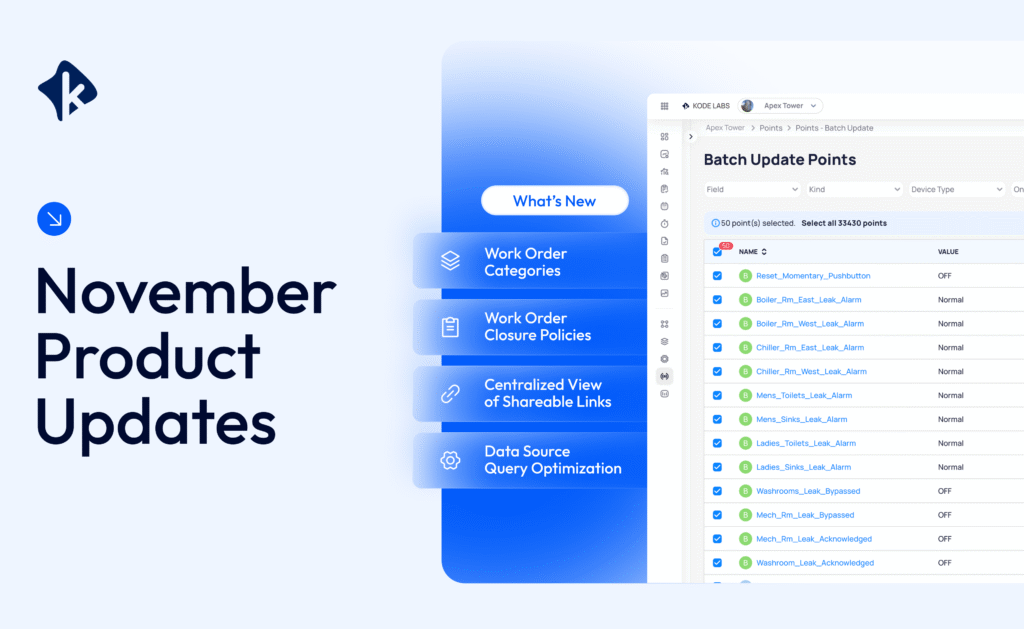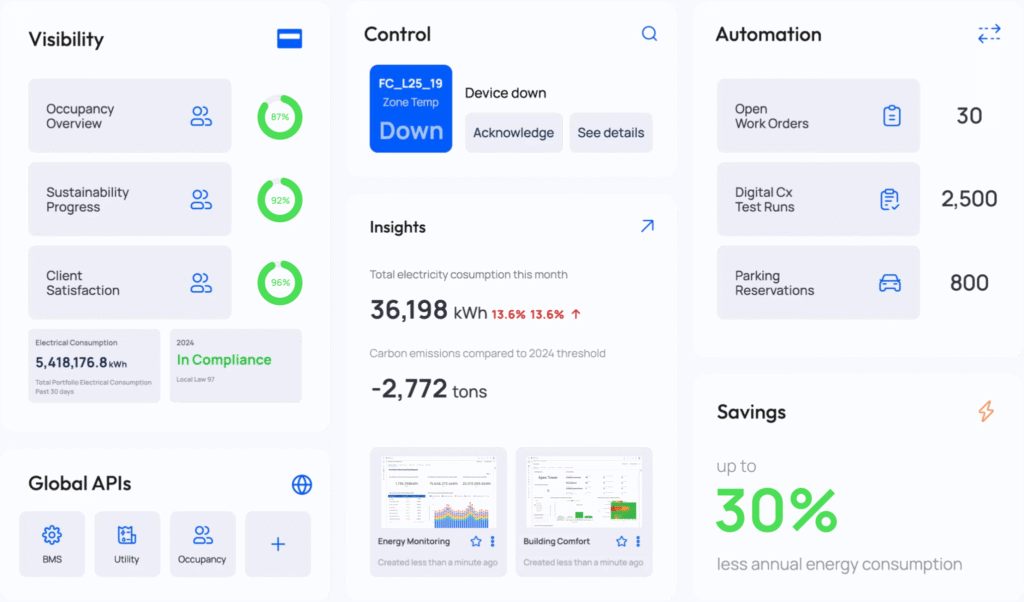On this page
Sign up to our newsletter
Subscribe to receive the latest blog posts to your inbox every week.
By subscribing you agree to with our Privacy Policy.

Developing smart buildings requires intentional planning, collaboration, and asking the right questions early. Division 25, the construction specification for integrated automation, serves as the blueprint to help teams turn smart building theory into real functioning solutions.
Much of the time, HVAC, lighting, access control, and metering systems are installed separately and never fully integrated. Division 25 sets the rules for how these systems communicate — creating buildings that are efficient, scalable, and ready for the future.
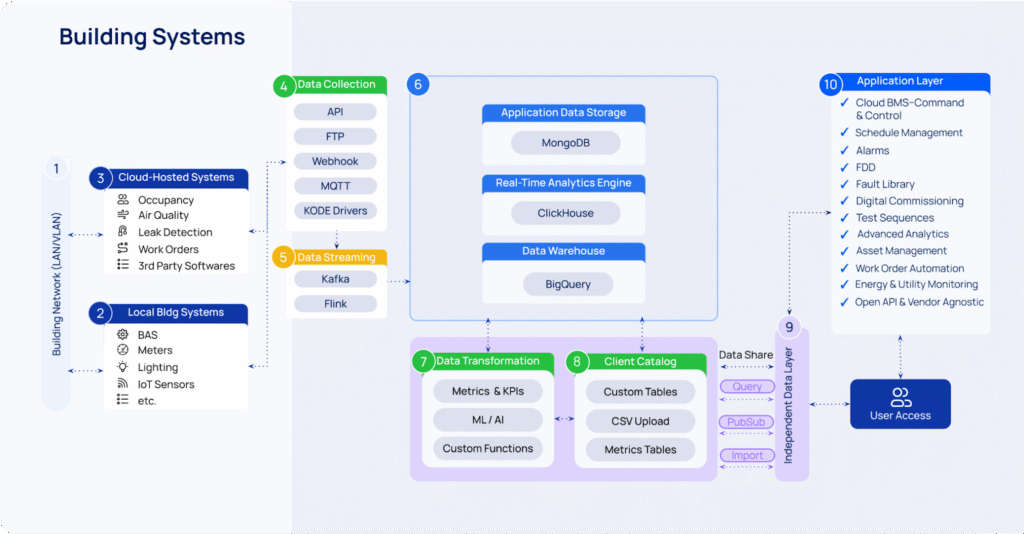
What is Division 25?
Part of the CSI MasterFormat, Division 25 is unique because it focuses exclusively on integration. While other divisions cover individual systems — like HVAC (Division 23) or electrical (Division 26) — Division 25 defines how those systems connect and exchange data.
It’s essentially the communication protocol for your building’s “brain,” enabling seamless data flow between devices, dashboards, and controls.
To move beyond this fragmented and reactive approach, property management teams needed more than oversight, they needed orchestration. What was missing was a central operating system, a digital “brain” connecting and orchestrating every system, device and sensor integrated.
Why Division 25 matters
When implemented well, Division 25 unlocks several key benefits:
- Seamless data sharing across all building systems
- Reduced confusion and fewer surprises at handover
- Elimination of duplicate software licenses and dashboards
- Freedom to change or upgrade vendors without ripping out systems
- Enhanced tenant experiences via smart amenities and analytics
Use case:
A commercial developer constructing a Class-A office building wants both ESG reporting and tenant-facing dashboards. Without Division 25, each vendor would build its own user interface, resulting in a fragmented experience and extra costs.
By building to Division 25 spec, the project aligns on a shared platform that eliminates three unnecessary software licenses and centralized control.
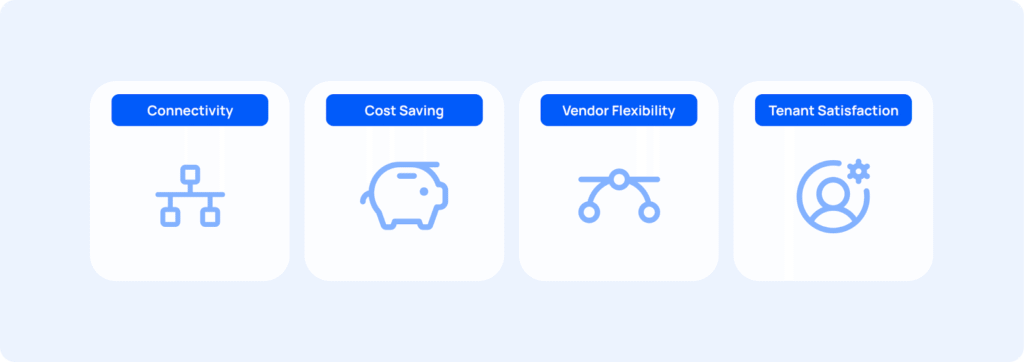
The cost of skipping Division 25
Skipping or under-specifying Division 25 often leads to costly consequences that only become apparent after construction:
- Systems are technically “capable” of integration but never fully connected
- Data is incomplete, inaccurate, or hard to access
- Extra software front-ends and licenses add complexity and cost
- Last-minute IT/networking issues cause delays and change orders
Imagine this:
At a large university, the lighting system was labeled “BACnet-capable,” but never configured to share occupancy data with HVAC. The issue wasn’t discovered until after handover — resulting in a $40,000 retrofit to enable data-sharing between systems that should’ve worked together from day one.
Clearing up misconceptions
Skipping or under-specifying Division 25 often leads to costly consequences that only become apparent after construction:
- Systems are technically “capable” of integration but never fully connected
- Data is incomplete, inaccurate, or hard to access
- Extra software front-ends and licenses add complexity and cost
- Last-minute IT/networking issues cause delays and change orders
Who needs to be involved?
Successful Division 25 integration requires collaboration across all stakeholders:
- Owners & Developers: Reduce operating costs and avoid vendor lock-in
- Consultants & Engineers: Define clear integration expectations early
- Contractors: Understand integration requirements to avoid delays
- Facilities & IT Teams: Receive systems that actually work as intended
When to discuss Division 25
Timing is critical. Ideally, Division 25 considerations begin at:
- Concept design: Define owner goals for smart building functionality
- Specification writing: Identify systems to integrate and required data flows
- Commissioning: Confirm that systems are integrated and configured as planned
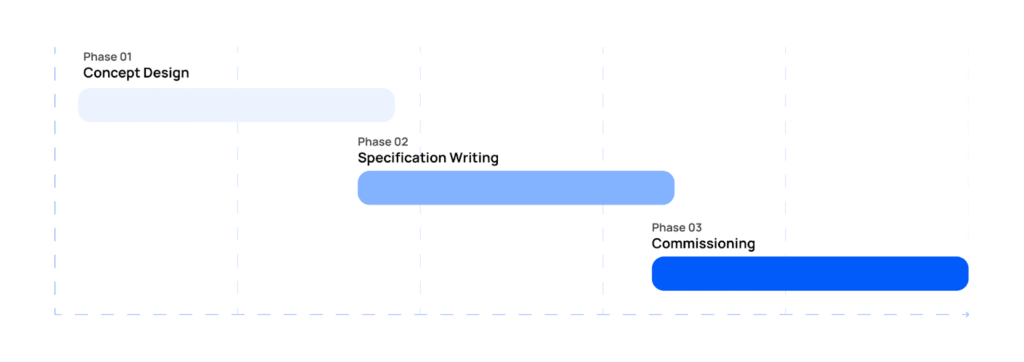
How to implement Division 25 the right way
Identify integration goals early
Before writing specs, clarify which systems must connect and what data needs to be shared. Decide who owns delivering integration to ensure accountability.
Use case: The Class-A office tower developer aligned early on ESG and tenant dashboards, avoiding costly rework.
Assign a smart building champion or MS
Designate a dedicated lead to coordinate trades, enforce standards, and oversee testing. Without this role, integration often falls informally to HVAC contractors, risking incomplete handoffs.
Write specs that require execution, not just capability
Avoid vague terms like “BACnet-capable.” Instead, require:
- Real-time data communication via BACnet/IP
- Data exposure in standardized formats like JSON via APIs
Example: A university project incurred $40K in fixes because the spec didn’t enforce active data sharing.
Include commissioning of software and interfaces
Commissioning should verify:
- Proper data flow
- Consistent naming and metadata
- Accurate dashboard and alarm inputs
Make this a contract requirement so functional integration, not just hardware installation — is validated.
Specify open protocols to avoid vendor lock-In
Require standards such as MQTT, BACnet/IP, and metadata conventions. This prevents vendor lock-in and enables future system swaps without costly redesign.
Use case: A national retail chain standardized protocols across locations, simplifying analytics and maintenance.
Engage IT and Cybersecurity early
Include IP planning, VLAN setup, secure remote access, encrypted communications, and role-based access in the specs. Ignoring this risks costly delays.
Real-world insight: A hospital project faced a 3-week delay due to last-minute IP reassignments.
Future-proof your specs with placeholders
Use “Not in Contract” placeholders for systems like EV charging or access control that aren’t integrated immediately but may be in the future. This avoids infrastructure rework.
Use case: A multifamily housing developer activated amenity tracking and EV charging features later without costly changes.
Conclusion: Use Division 25 strategically to to build smarter buildings
Division 25 isn’t just a specification, it’s a strategic framework that aligns teams, builds long-term value, and delivers truly integrated buildings. Whether it’s your first time writing Division 25 specs or rolling them out across a portfolio, this approach helps you get it right once and for all.
If you’re designing or developing a building, Division 25 isn’t optional. It’s the foundation for a smart, flexible, and future-ready facility.


